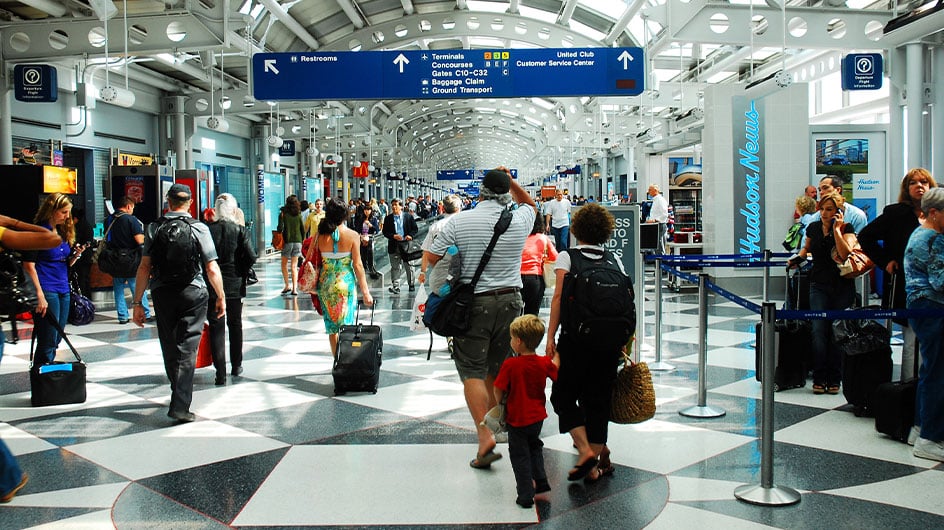
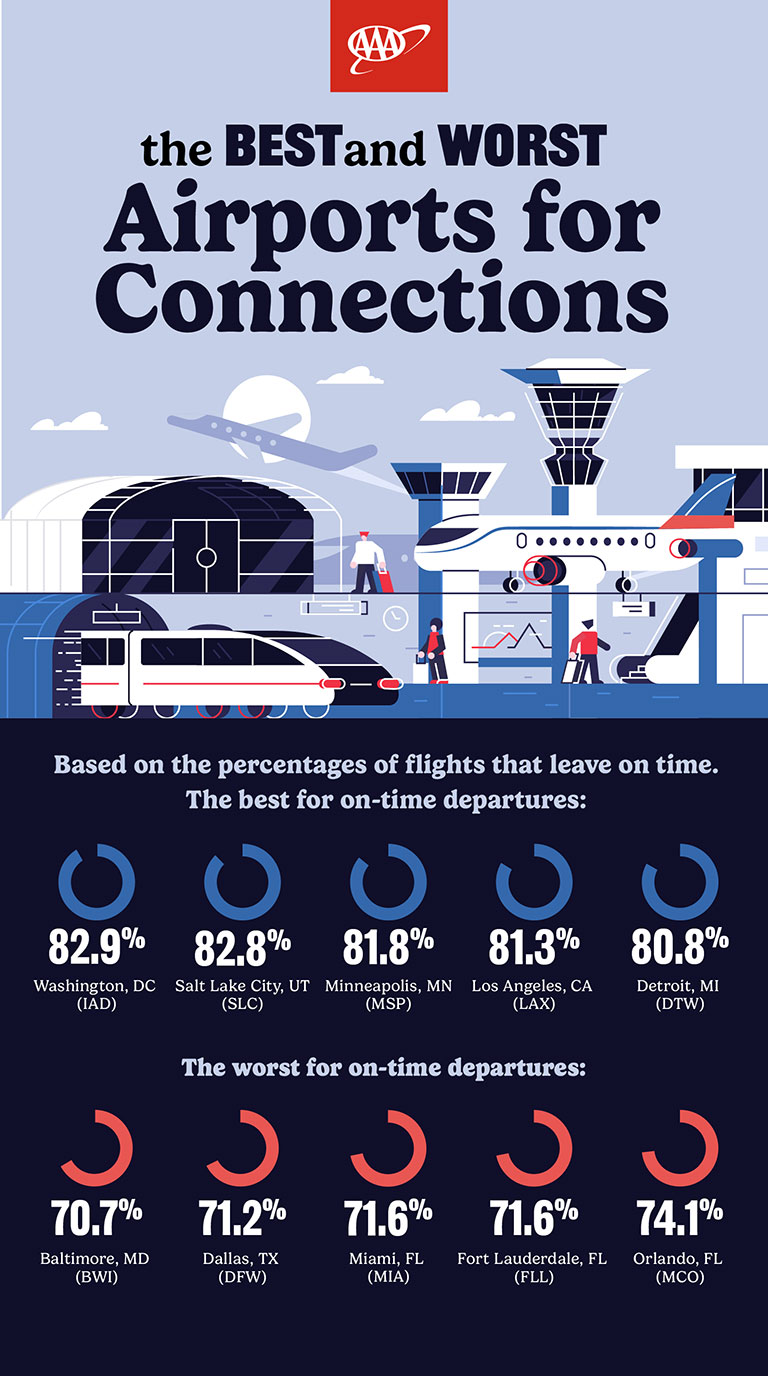
Everyone loves a nonstop flight—fewer things can go wrong. Even if there’s a delay, you won’t have to worry about missing a connecting flight or your luggage being mishandled.
Choosing the right connecting airport can significantly impact your travel experience. Some airports make it easy and efficient, while others can turn your trip into a stressful mess. When it comes to flight connections, both hard data—such as airport operational performance—and softer factors—such as how easy the airport is to navigate—can make a big difference.
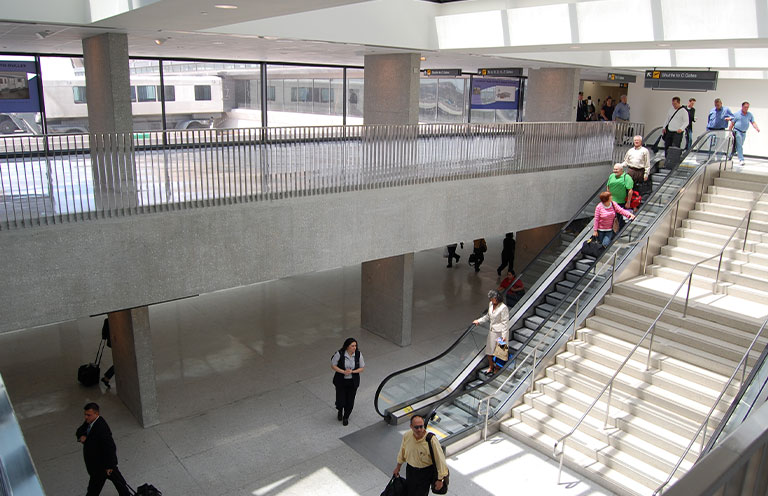
Which airports are best—and worst—for on-time departures?
The US Department of Transportation's Bureau of Transportation Statics (BTS) ranks the top 30 airports by departure flight on-time performance (OTP), defining an on-time departure as one occurring less than 15 minutes after the scheduled time.
These airports offer a higher likelihood of on-time departures, making them favorable choices for connecting flights.
For the year ending in December 2024, the top five airports were:
- Washington, DC (IAD)
- Salt Lake City, Utah (SLC)
- Minneapolis, Minnesota (MSP)
- Los Angeles, California (LAX)
- Detroit, Michigan (DTW)
Conversely, some very popular airports for connecting flights, such as American Airline's Dallas hub, find themselves at the bottom of the OTP rankings. Here are the bottom five airports for on-time departures:
- Baltimore, Maryland (BWI)
- Dallas, Texas (DFW)
- Miami, Florida (MIA)
- Fort Lauderdale, Florida (FLL)
- Orlando, Florida (MCO)

Additional factors to consider
While on-time performance is an important metric, other factors such as airport layout and signage clarity also impact the ease of making connections. For instance, Washington Dulles (IAD), despite its high OTP, has a complex layout that might pose challenges for tight connections.
MarketWatch analyzed some of these subjective factors to create their Best and Worst Airports for Layovers List, which slightly overlaps with the OTP data. For example, IAD and DTW were ranked as good layover airports for all travelers, including families. On the negative side, MarketWatch ranked MCO as the worst and FLL next with poor marks in areas such as seat availability, cleanliness, and charging stations.
Highlights from the MarketWatch survey include:
- Best airports for layovers: Washington Dulles (IAD) and Detroit (DTW)—both perform well for all travelers, including families.
- Worst for airports for layovers: Orlando (MCO) and Fort Lauderdale (FLL)—poor marks for seating, cleanliness, and amenities.
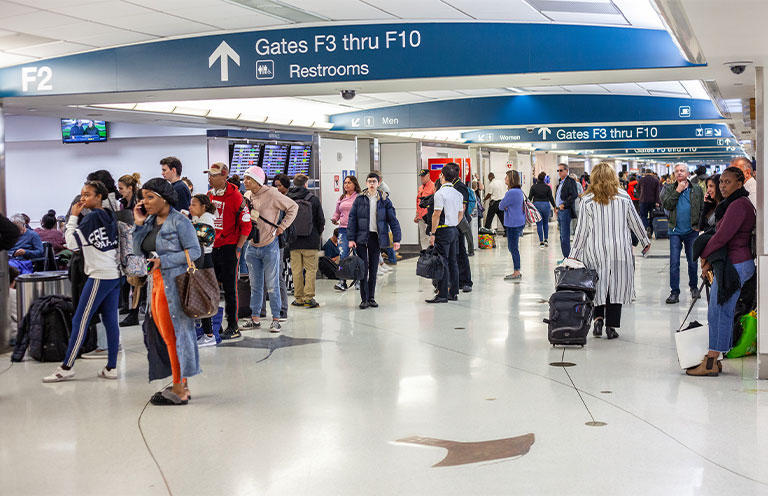
Tips for a smooth flight connection
Congested airspace, unpredictable weather, and airport layout can all impact your experience when it comes to a flight connection. While these factors are all outside of your control, there are things you can do to set yourself up better for a stress-free connection.
Allow plenty of connection time.
Build in buffer time when you can. Airlines technically won’t sell you a connection that’s “too short”—but their definition of “enough time” can sometimes feel like barely enough. For example, United Airlines sells 50-minute connections at Washington Dulles (IAD), even though you may have to switch terminals or ride an old-school People Mover across the tarmac.
Know how far you may have to walk.
In a study published by Reader’s Digest, Dallas/Fort Worth (DFW) and Washington Dulles (IAD) have the longest potential gate-to-gate walks in the US, at 2.16 miles and 1.62 miles, respectively. If your tight layover turns into a full-on airport sprint, you're going to feel it—especially if you’re traveling with kids, strollers, or giant carry-ons.
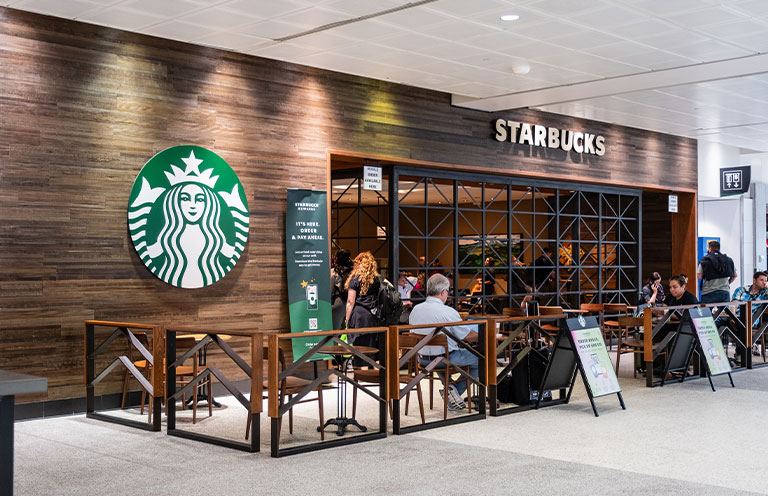
Scope out amenities in case of flight delays.
If you end up with a long layover or a missed connection, know your options to stay comfortable. At Washington Dulles (IAD), for instance, you can move between the terminals without having to re-clear security, giving you access to all the airport shops, restaurants, and lounges.
Track your own flight.
Use an app like Flighty to monitor your flight. Once set up the app will alert you to gate changes, departure delays, and even when your inbound aircraft has landed. This tool will often alert you to changes before airport gate agents make announcements.
Keep an eye on the weather.
Add your connection city to your mobile weather app. This way, you’ll be alerted to any storms entering the area that could delay the arrival of your first flight or ground the departure of your second segment.
Have a backup plan ready.
If you miss a flight, know which other flights are scheduled to depart later that day to your final destination.
Bottom line: Pairing hard facts, such as the BTS’s on-time performance data, with softer considerations, such as lounge access and terminal layout, will help you make more informed decisions about your flight connections.
